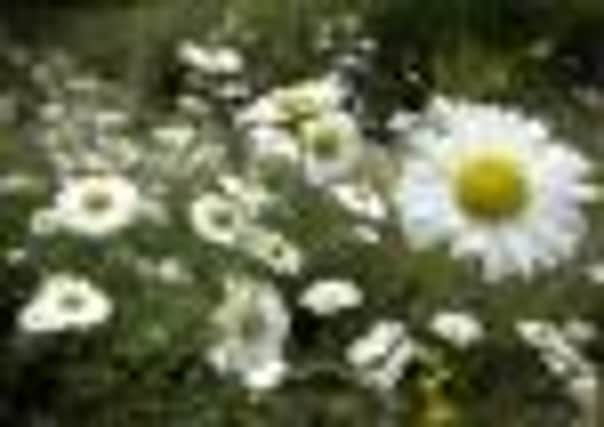Go wild and make a difference


Many fields which were dosed annually with manufactured fertilisers and sprayed with patented poisons have been allowed to go back to nature. And many a motorway verge can now be alive with colourful blooms.
And gardeners are getting in on the act; some are planting their own wildlife meadows while others are opting for lawns filled with flowers or borders and beds given over to plants which have for years being persecuted.
Advertisement
Hide AdAdvertisement
Hide AdWildflowers aren’t demanding, they don’t want rich, fertilised soil – the poorer, the better. In a rich soil, they can’t compete with plants raised and refined by breeders.
But a wild and natural garden can’t be created overnight.
If you don’t want to sow seeds, then get plant plugs – small, perfectly formed and rooted individual plants which can be planted directly into their home ground.
There are wildflowers for every situation – woodland, grassland, boggy ground and arid soil.
Cornflowers, corn marigolds, meadowsweet, ox-eye daisies, primroses, violets, scabious, loosestrife, kingcups, clovers, poppies, daisies and even buttercups and speedwell, whose miniature blooms will cast a blue mist over a green lawn, can be grown.
Advertisement
Hide AdAdvertisement
Hide AdCultivate foxgloves at the back of borders and watch cranesbills flower and spread. Many garden varieties are descended from these, their wild ancestors.
Wildflowers are not only things of beauty, they also attract things of beauty in the form of insects and birds, so by growing them, you’ll be doing your bit for wildlife
Go on, grow a few wildflowers and see the difference they make to the garden.